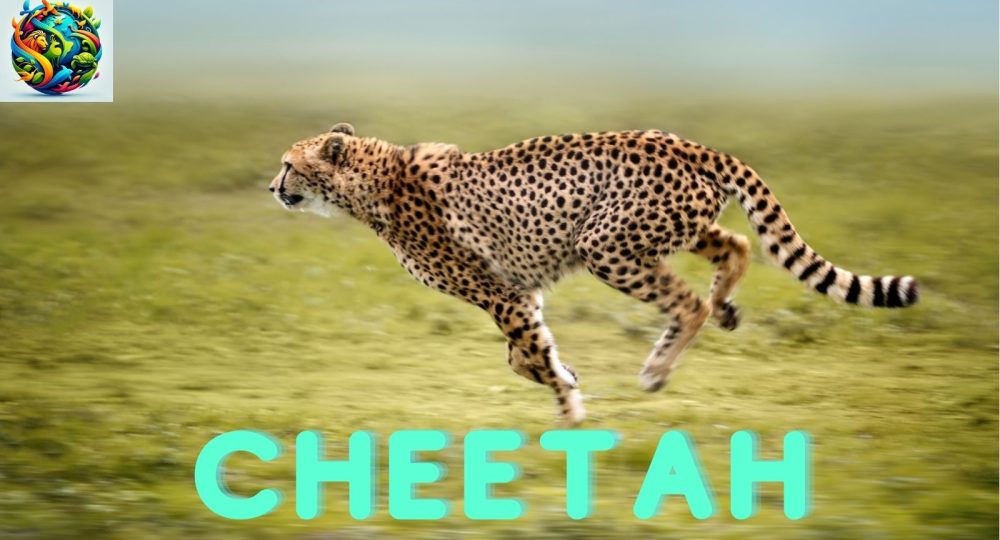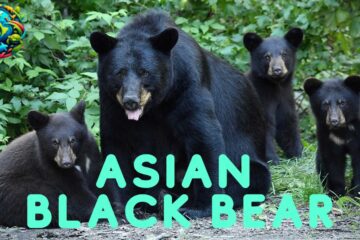
Cheetahs: Masters of Speed and Stealth
Cheetahs: Masters of Speed and Stealth
Cheetahs, with their sleek bodies and unparalleled speed, epitomize the essence of agility and grace in the animal kingdom. These magnificent felines, native to the vast savannas of Africa and parts of Iran, have long captivated the imagination of wildlife enthusiasts and scientists alike. Join us as we delve into the world of cheetahs, uncovering the secrets of their remarkable adaptations and unparalleled hunting prowess.
Amazing Fact:
Did you know that cheetahs are the fastest land animals on Earth, capable of reaching speeds of up to 60 to 70 miles per hour (97 to 113 kilometers per hour) in short bursts covering distances up to 1,500 feet (460 meters)? Their incredible speed allows them to chase down prey with astonishing agility and precision, making them formidable hunters on the African plains.
Habitat/Food:
They primarily inhabit the open grasslands, savannas, and semi-arid regions of sub-Saharan Africa, as well as the dry forests and desert plains of Iran. As carnivorous predators, their diet mainly consists of small to medium-sized ungulates such as gazelles, impalas, and wildebeests. Cheetahs rely on their keen eyesight and exceptional speed to hunt down their prey in high-speed pursuits known as chases.
Appearance:
They are instantly recognizable by their slender build, distinctive black “tear marks” running from the inner corners of their eyes down to the sides of their mouths, and spotted coat adorned with solid black spots. Their long, muscular tails act as rudders to help them maintain balance and make sharp turns while running at high speeds.
Types/Subspecies:
- African Chetah (Acinonyx jubatus jubatus)
- Asiatic Chetah (Acinonyx jubatus venaticus) – Also known as the Iranian chetah, it is critically endangered and found only in Iran.
Location:
They are primarily found in sub-Saharan Africa, with the largest populations residing in countries such as Kenya, Tanzania, Botswana, Namibia, and South Africa. The Asiatic cheetah, on the other hand, is confined to small pockets in Iran’s central plateau, where it roams the arid landscapes in search of prey.
Predator & Threat:
While adult specie have few natural predators, they face threats from larger carnivores such as LIONS, LEOPARDS, and HYENAS, which may compete with them for prey or target their cubs. Human activities, including habitat loss, poaching, and conflict with livestock farmers, pose significant challenges to cheetah populations, leading to their decline in many regions.
Mating:
They are solitary animals, except during the mating season, when males seek out receptive females to mate with. Courtship rituals involve elaborate displays of affection and bonding between mating pairs, which may last several days. After mating, the female gives birth to a litter of two to six cubs in a secluded den, where she raises them alone until they are old enough to accompany her on hunts.
How Cheetah’s Communicate:
Communication among them primarily revolves around vocalizations, including chirps, purrs, growls, and hisses, which serve as signals of aggression, submission, or mating readiness. They also use body language, such as tail flicking, ear positioning, and facial expressions, to convey emotions and intentions during interactions with others.
Movies on Cheetahs:
While they may not be the stars of Hollywood films, they often feature prominently in wildlife documentaries and educational programs exploring the intricacies of their behavior and ecology. Documentaries such as “Big Cats” and “The Hunt” offer captivating insights into their lives and their struggle for survival in the African wilderness.
How It Is Pronounced in Different Languages:
- English: Chetah
- Spanish: Guepardo
- French: Guépard
- German: Gepard
- Mandarin Chinese: 猎豹 (Lièbào)
- Hindi: चीता (Chetah)
FAQs:
How fast can cheetahs accelerate?
- They can accelerate from 0 to 60 miles per hour (0 to 97 kilometers per hour) in just a few seconds, making them the fastest accelerating land animals.
How long can cheetahs maintain their top speed?
- While they can reach speeds of up to 60 to 70 miles per hour (97 to 113 kilometers per hour) in short bursts, they can only maintain these speeds for distances of up to 1,500 feet (460 meters) before tiring out.
Do they hunt alone or in groups?
- They are solitary hunters, relying on stealth and speed to ambush their prey individually. However, siblings from the same litter may form coalitions and hunt together to increase their hunting success, particularly when targeting larger prey or defending their territories.
How many cubs do they typically have?
- Female specie typically give birth to litters of two to six cubs, although larger litters are less common. The mortality rate for cubs is high, with many falling victim to predation, disease, or accidents within the first few months of life.






